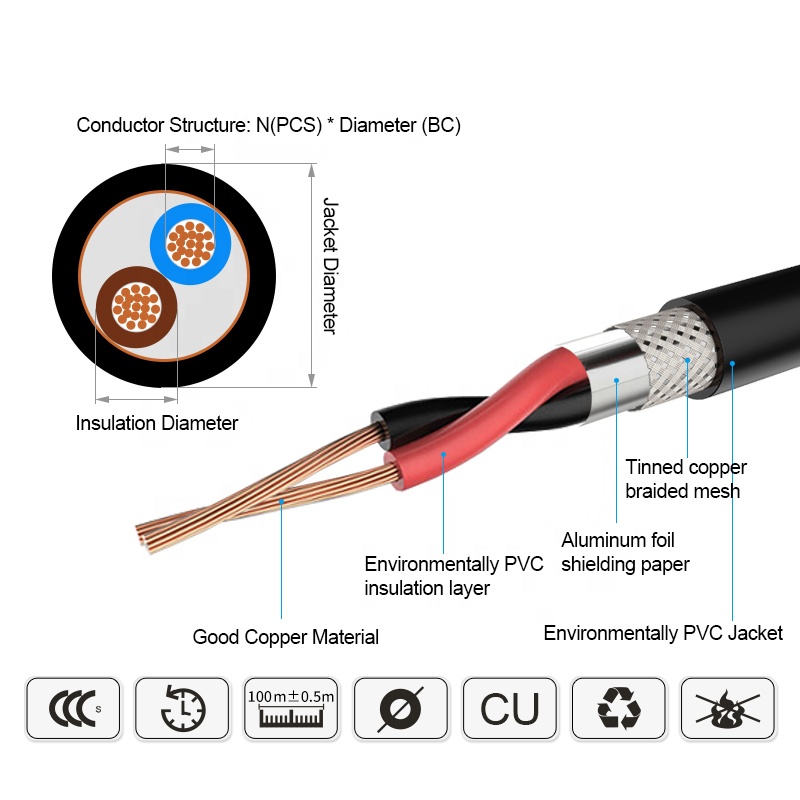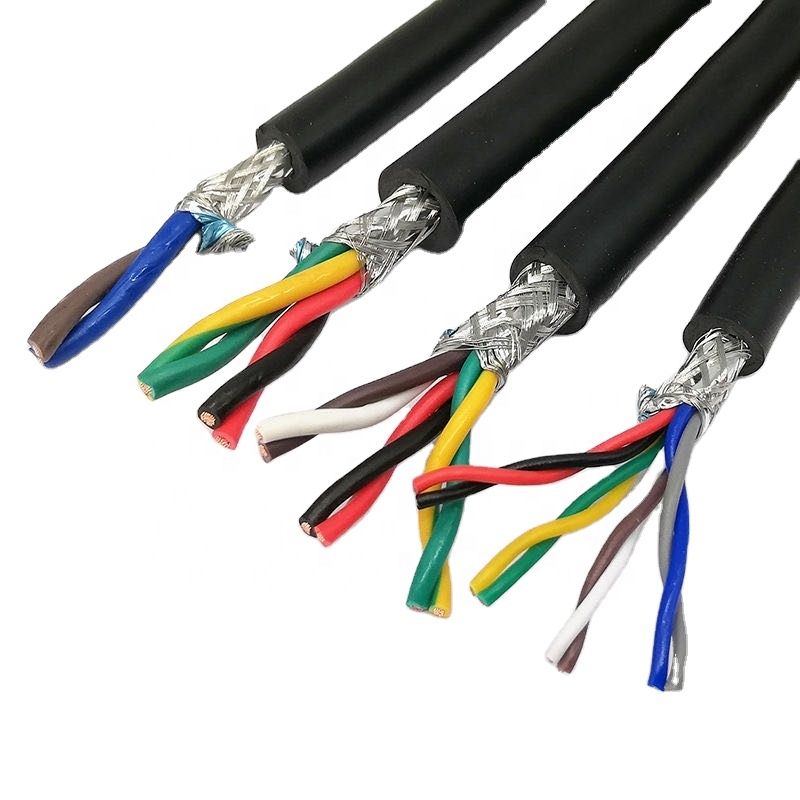1 The current and voltage of dual protection, as well as the two systems that need to enhance reliability, such as DC power supply and trip control loop, should use separate control cables.
2 In the following cases, the same control cable should not be used together:
1 Weak current signal, control circuit and strong current signal, control circuit.
2 Low-level signal and high-level signal loop.
3 Weak current control circuit of each phase of AC circuit breaker split-phase operation.
3 Each pair of round-trip wires of the weak current circuit should belong to the same control cable.
4 The phase wire and neutral wire of each group of secondary windings of current transformer and voltage transformer should be arranged in the same cable.
5 The control cables of strong current loops may not contain metal shields, except for those located in high-voltage power distribution devices or close to and parallel to high-voltage power cables and need to suppress interference.
6 The control cables of weak current signals and control circuits should have metal shields when they are located in an environment affected by interference and do not have effective anti-interference measures.7 The selection of the metal shielding type of the control cable should be included in the comprehensive interference suppression measures based on the possible electrical interference impact, and should meet the requirements for reducing interference or overvoltage, and should meet the following requirements:1 For the weak current control cables of power distribution devices above 110kV, general shielding or double-layer general shielding should be used.
2 The control cable used for the current, voltage and signal contacts of integrated circuit and microcomputer protection should be shielded.
3 The shield selection of the signal loop control cable of the computer monitoring system shall meet the following requirements:
1) Switch signal, general shield can be used.
2) For high-level analog signals, a pair of twisted cores should be used for general shielding, and a pair of twisted cores for separate shielding can also be used when necessary.
3) For low-level analog signals or pulse signals, it is advisable to use a pair of twisted cores and separate shields, and if necessary, a pair of twisted cores and a composite general shield can also be used.

4 In other cases, the appropriate shielding type should be selected according to factors such as electromagnetic induction, electrostatic induction and ground potential rise.
5 When the cable has steel armor or metal sheath,such as SWA cable , its shielding function should be fully utilized.
8 For control cables that need to reduce electrical interference, a grounded spare core can be added, and it should be grounded at one point on the side of the control room.
9 The grounding method of the metal shield of the control cable shall meet the following requirements:
1 The analog signal loop control cable shielding layer of the computer monitoring system shall not form two or more points of grounding, and shall be grounded at one point in a centralized manner.
2 The cable shielding layer of the current, voltage and signal of the integrated circuit and microcomputer protection shall be grounded at the same time as the switch placement place and the control room.

3 For the shielding layer of control cables other than the above, when the electromagnetic induction interference is large, two points should be grounded; when the electrostatic induction interference is large,
One point grounding can be used.
For double shielding or composite general shielding, it is advisable to use one or two grounding points for the inner and outer shields respectively.
4 In the choice of two-point grounding, the shielding layer should not be melted under the action of transient current.
10 The conductor cross-section of the strong current control loop should not be less than 1.5mm2, and the weak current control loop should not be less than 0.5mm2.
